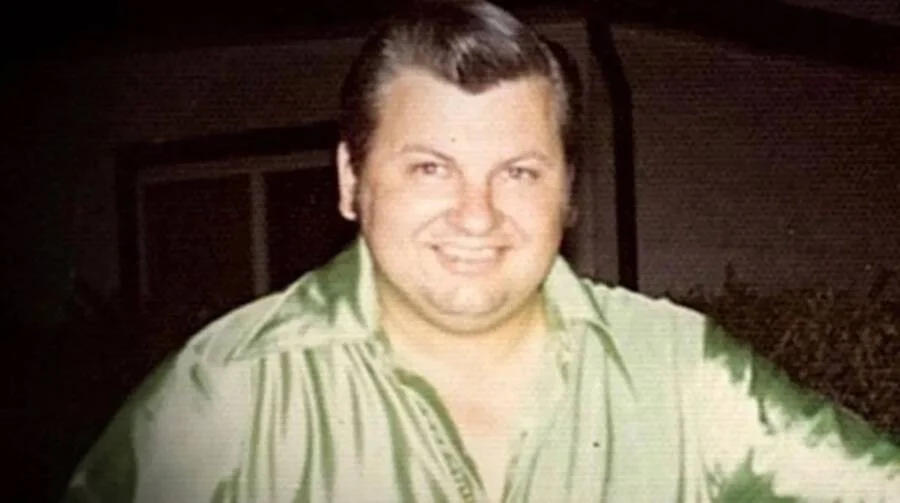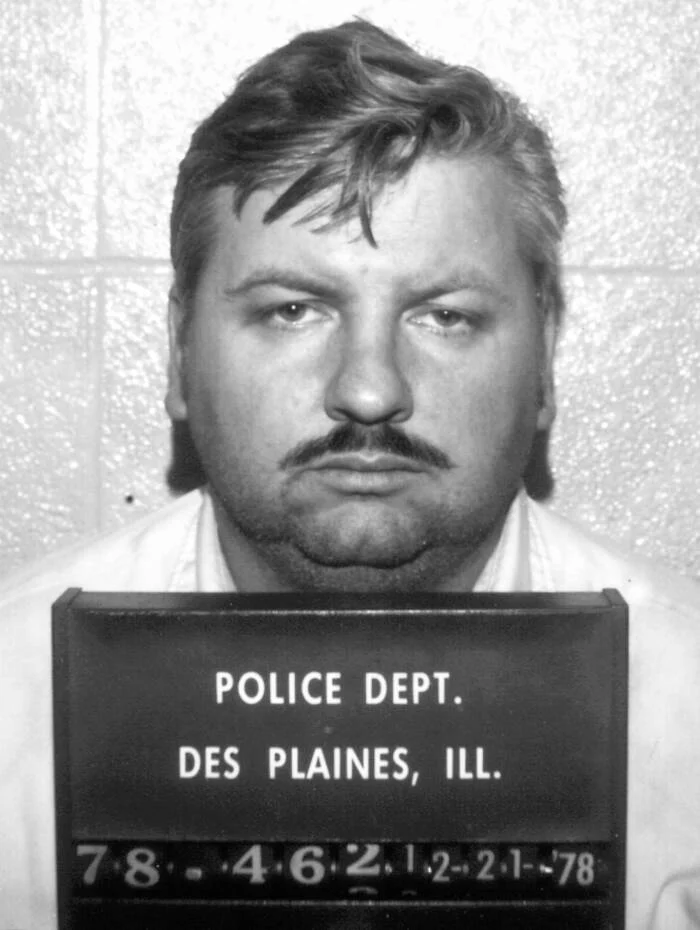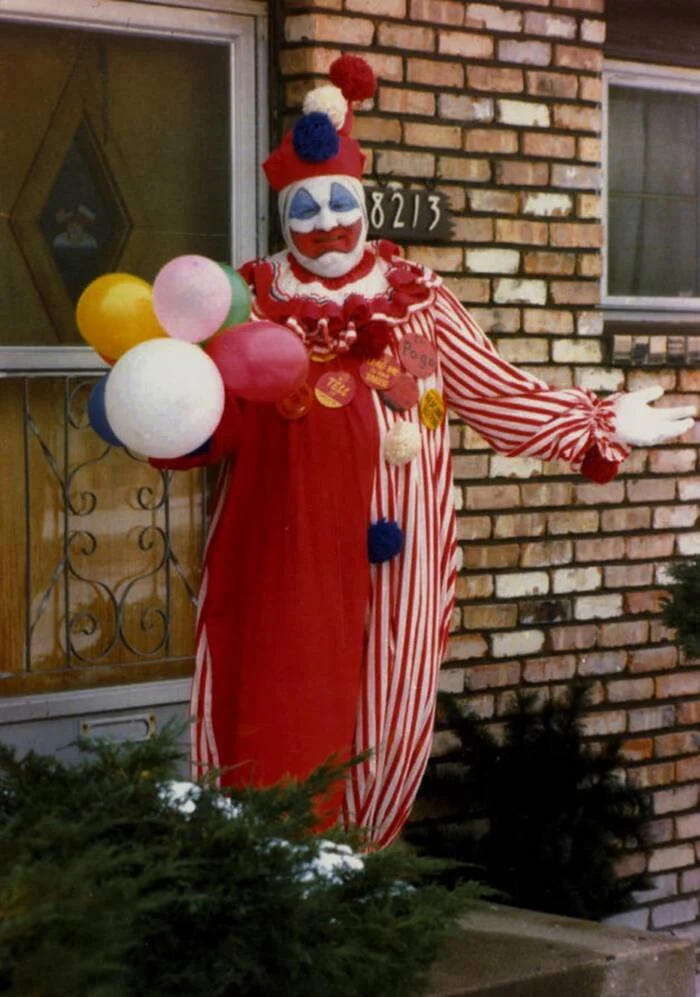There’s something universally unsettling about clowns. Sure, they’re meant to bring joy and laughter, but let’s be real—they can also be downright terrifying. And no one embodies this dichotomy better than John Wayne Gacy, the serial killer who donned the makeup of Pogo the Clown to mask his horrific crimes. Gacy’s story is not just about a man hiding in plain sight; it’s about how deeply disturbing a person can be while pretending to be the epitome of innocence.
Who Was John Wayne Gacy?
Born in Chicago in 1942, John Wayne Gacy appeared, at least outwardly, to be living the American Dream. He had a family, a successful business, and was even involved in his local community.
But Gacy’s life was far from picture-perfect. Behind closed doors, he was a predator, responsible for the brutal deaths of at least 33 young men and boys throughout the 1970s.
Growing up, Gacy endured a traumatic childhood filled with physical and emotional abuse. His father, an alcoholic, regularly berated and beat him, calling him a “sissy” and dismissing him as weak.
To make matters worse, Gacy struggled with his sexuality, which he kept hidden throughout his early years in 1950s America—hardly a welcoming time for someone questioning their sexual identity.
Despite his difficult upbringing, Gacy sought to build a life that appeared normal. He married, had children, and took over the management of his father-in-law’s Kentucky Fried Chicken franchises. But as we all know, appearances can be deceiving. Gacy’s dark side was already lurking beneath the surface.

The Crimes Begin: Gacy’s Descent into Darkness
In 1968, Gacy’s predatory behavior escalated. He was convicted of sexually assaulting a teenage boy and sentenced to 10 years in prison. Somehow, after serving just two years, Gacy was released for “good behavior” (talk about a colossal mistake). Upon release, he returned to Chicago, where he would become a nightmarish figure.
Gacy moved back in with his mother and began working as an independent contractor. It was during this time that he bought a home in Norwood Park, a neighborhood in Chicago. Unbeknownst to his neighbors, this home would soon become the burial ground for the remains of his young victims.
Pogo the Clown: Gacy’s Bizarre Alter Ego
In 1975, right in the middle of his killing spree, Gacy joined a local clown club, taking on the persona of “Pogo the Clown.” Pogo, with his brightly colored makeup and goofy antics, performed at birthday parties, charity events, and even children’s hospitals. Gacy explained that Pogo allowed him to “regress into childhood,” a chilling revelation given the horrors he was committing behind closed doors.
The clown act wasn’t just a hobby for Gacy; it was a cover. By portraying himself as a cheerful and caring member of the community, Gacy gained the trust of those around him. It was a brilliant, albeit twisted, way to deflect suspicion. After all, who would suspect the beloved clown of being a ruthless killer?
But while Pogo seemed innocent, Gacy’s private life was anything but. His house became a scene of unimaginable horror.
Over the span of several years, Gacy lured young men and boys into his home, often under the pretense of offering them a job. Once they were inside, he would ply them with alcohol or drugs, sometimes impressing them with a “magic trick” involving handcuffs, only to restrain and assault them. What followed was a grisly pattern of torture, rape, and murder.

The Horrors Hidden in Gacy’s Home
Gacy’s home on Summerdale Avenue was ground zero for his reign of terror. After killing his victims, he buried most of them in a crawl space beneath the house. He once nonchalantly referred to it as his “graveyard.”
The level of deception was staggering. Gacy attended community events, even joined search parties for some of his own victims, all the while knowing exactly where they were—buried beneath his home. His arrogance knew no bounds, and it was this arrogance that ultimately led to his downfall.
How Pogo the Clown Helped John Wayne Gacy Hide in Plain Sight
The character of Pogo the Clown wasn’t just a facade for Gacy; it was a tool. Pogo allowed him to blend in, to seem harmless and even fun. Gacy used Pogo to access spaces and people he otherwise wouldn’t have been able to.
Psychologists later speculated that Pogo was more than just an act—it was an extension of Gacy’s fractured psyche. He was diagnosed with antisocial personality disorder, and experts believe that the clown persona allowed Gacy to compartmentalize his heinous actions.
Disturbingly, some rumors suggested that Gacy even murdered some of his victims while dressed as Pogo. Though this has never been confirmed, the mere thought of it is enough to send shivers down anyone’s spine.
The Downfall of John Wayne Gacy
It wasn’t until December 1978 that Gacy’s gruesome acts finally came to light. His last victim, 15-year-old Robert Piest, went missing after mentioning to his mother that he was going to speak with a man about a potential job. That man, of course, was Gacy.
When Piest didn’t return home, his mother immediately filed a missing person report. Soon, police began investigating Gacy, who had been seen talking to the boy before he disappeared. As the investigation intensified, Gacy’s double life began to unravel. Police searched his home and made a chilling discovery—the bodies of 26 victims hidden in his crawl space.
In total, Gacy confessed to killing 33 young men and boys. Three more bodies were found in his yard, and four had been dumped in the nearby Des Plaines River. The scale of Gacy’s crimes was almost too much to comprehend.

The Execution of the Killer Clown
In March 1980, John Wayne Gacy was convicted of his crimes and sentenced to death. For 14 years, he sat on death row, where he continued to deny responsibility for his murders.
He even took up painting, often depicting his infamous Pogo the Clown character. These paintings, like Gacy himself, remain a haunting reminder of the man who wore a clown’s face to hide his evil deeds.
Gacy was executed by lethal injection on May 10, 1994. Even in death, his legacy endures—not as a beloved member of the community or a silly clown, but as one of the most terrifying serial killers in American history.
The Haunting Legacy of John Wayne Gacy
Today, Gacy is remembered as the “Killer Clown,” a moniker that still sends chills down the spine. His story serves as a grim reminder that monsters don’t always look like monsters. Sometimes, they wear makeup and goofy costumes, hiding in plain sight.
As for Pogo the Clown, he remains a symbol of the darkness that can lurk behind even the most cheerful mask. And while Gacy is long gone, the terror he inspired endures, casting a shadow over the world of clowns that will never fully dissipate.
If you found this story unsettling, it’s a good reminder to always trust your instincts when something feels off—even when it’s dressed up as fun. Stay aware, stay informed, and never be afraid to speak out when something doesn’t seem right. The real-world monsters may hide, but we can do our part to bring them to light.

